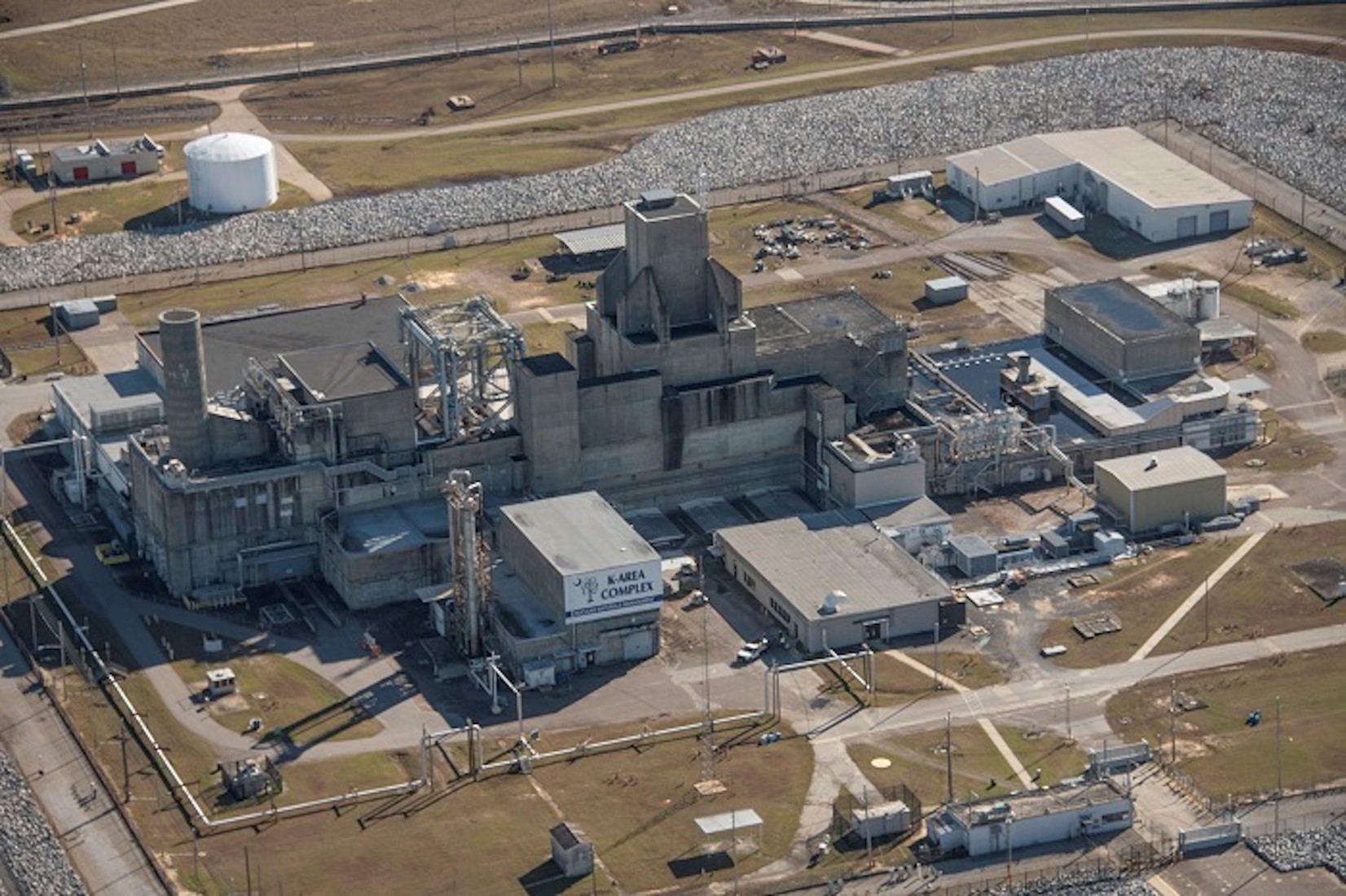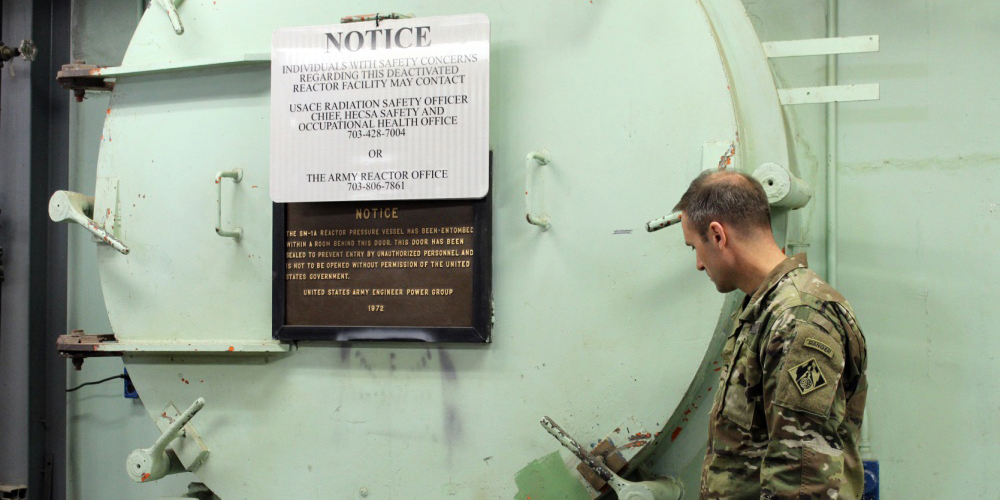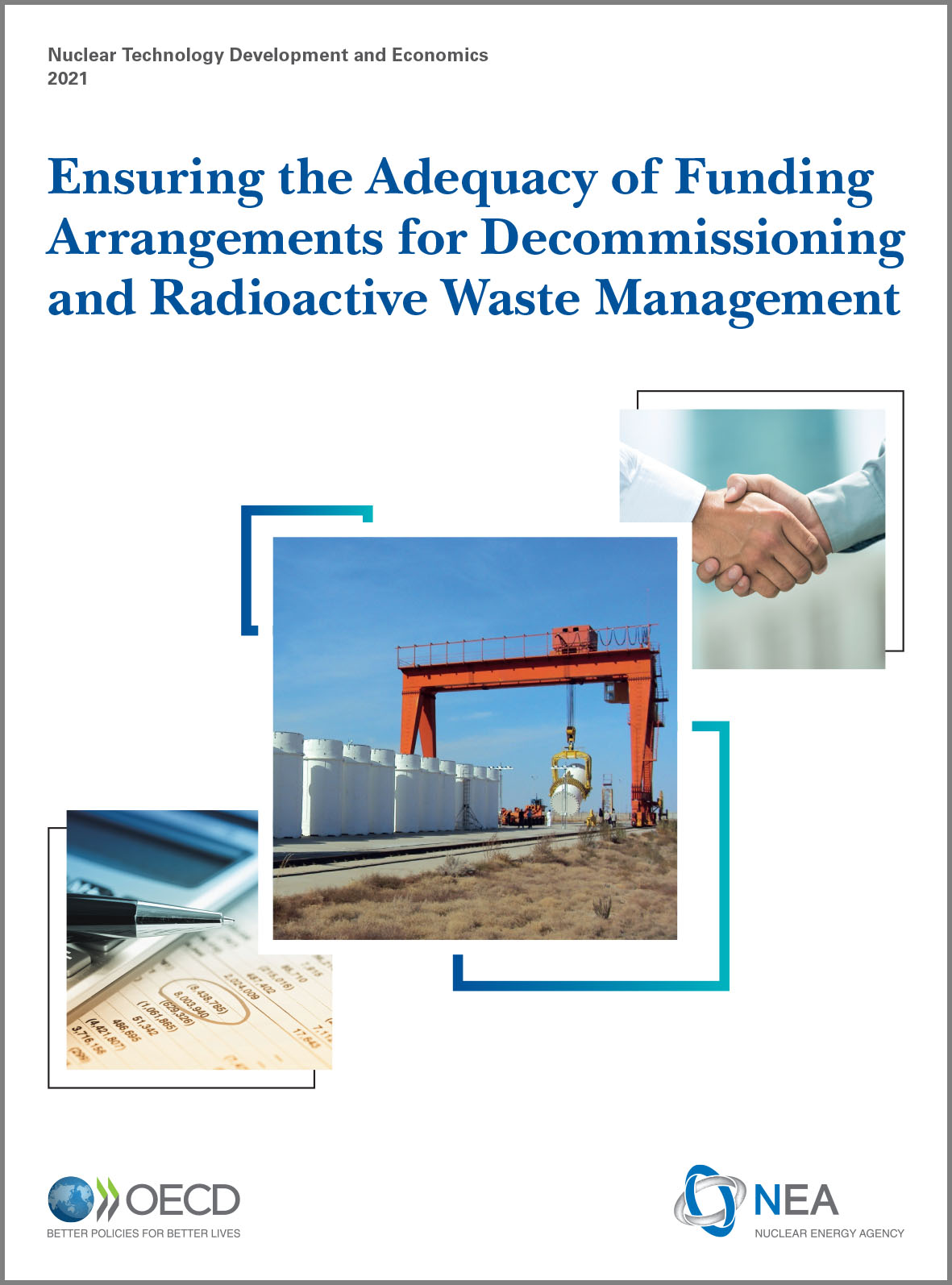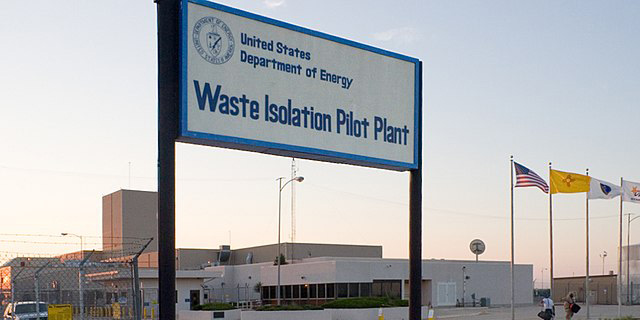Photo: University of Manchester (U.K.)
Nuclear waste should not be used as an excuse for trying to shut down nuclear reactors, says radiation safety expert Andrew Karam in his recent article for the American Council on Science and Health titled, “Let’s Talk about Radioactive Waste."
The DOE recently completed startup testing on the uninterruptable electrical power system for Hanford’s Low-Activity Waste Facility.
Department of Energy workers recently finished startup testing of a battery-powered backup electrical system for the Low-Activity Waste (LAW) Facility at the Hanford Site near Richland, Wash. According to the DOE’s Office of Environmental Management (EM), the uninterruptable electrical power system is vital to safeguarding the facility, part of Hanford’s Waste Treatment and Immobilization Plant, in the unlikely event of a temporary power loss to the plant.
A look at Fukushima Daiichi today. (Photo: The Asahi Shimbun via Getty Images)
News programmers’ hunger for stories about the aftermath of the earthquake and subsequent tsunami that caused three reactor meltdowns at Fukushima Daiichi in March 2011 shows no signs of abating.
The Plutonium Facility at Los Alamos National Laboratory. (Photo: LANL)
The Defense Nuclear Facility Safety Board, which provides independent federal oversight of Department of Energy weapons facilities, has reported that low-level radioactive and other combustible waste is accumulating in the basement of Los Alamos National Laboratory’s Plutonium Facility (PF-4), and that housekeeping and waste management in the PF-4 basement have been a continuing challenge.
An artist's rendering of the HI-STORE facility (Image: Holtec)
The Nuclear Regulatory Commission plans to complete its safety review of Holtec International’s proposed HI-STORE consolidated interim storage facility by January 2022. A final licensing decision on the facility will be made in conjunction with the release of the agency’s final safety evaluation report, the NRC said in a July 2 letter to Holtec.
A view of Savannah River’s K Area Complex, where plutonium downblending operations take place. (Photo: DOE)
The Department of Energy’s Office of Environmental Management has doubled the number of work shifts for employees in glove box operations at its Savannah River Site in South Carolina. The increased work pace will help the department meet its commitment to South Carolina to remove surplus plutonium from the state, the DOE said.
NWMO geologists study rock formations in the Ignace area of Ontario, Canada.
Canada’s Nuclear Waste Management Organization is studying the geology of the Ignace, Ontario, area to confirm its suitability as a site for a deep geologic repository for spent nuclear fuel and high-level radioactive waste. Ignace is one of two areas the NWMO is investigating as possible host sites for a repository, with South Bruce, Ontario, being the second area.
Aerial view of the Morris Operation in Illinois. (Image: GE Hitachi)
The Nuclear Regulatory Commission has begun its review of GE Hitachi’s application to renew the license of its Morris Operation, the spent nuclear fuel storage facility in Grundy County, Ill. Notice of the 20-year license renewal application, along with an opportunity to request a hearing or petition for leave to intervene by August 30 was published in the June 30 Federal Register.
Col. John Litz, of the USACE Baltimore District, examines the containment vessel door of the SM-1A deactivated nuclear power plant during a site visit in April 2019.
The U.S. Army Corps of Engineers is set to begin decommissioning SM-1A, the mothballed nuclear power reactor at Fort Greely, in Alaska, beginning next year, a project that is expected to take approximately six years. The USACE said it expects to release a request for proposals soliciting contractor bids for the decommissioning and dismantlement project by late summer.
From left, SRNS mechanic Todd Cockrell, engineer John Bradley, and project manager Joao Cardoso-Neto plan the removal of a vapor extraction unit at the Savannah River Site. (Photo: DOE)
Department of Energy site contractors Savannah River Nuclear Solutions and Savannah River Remediation received high marks from a recent independent audit of their environmental management work at the Savannah River Site in South Carolina.
A map of the Waste Isolation Pilot Plant underground, with a focus on Panels 7 and 8 at right. (Source: DOE EM)
The amount of salt mined so far from Panel 8 at the Department of Energy’s Waste Isolation Pilot Plant (WIPP) is a lot. The DOE’s Office of Environmental Management (EM) compared the amount to the weight of more than 46,000 Ford F-150s, about 16,000 African bush elephants, nearly 510 Boeing 747s, two Titanics, or enough to coat the rims of 3.6 million margarita glasses.
Miners working 2,150 feet underground extract the salt using grinders called continuous miner machines to create space to place defense-related transuranic (TRU) waste.
With WIPP’s Panel 8 scheduled for completion in a little more than half a year, crews recently crossed the 100,000-tons-mined threshold and, as of mid-June, are at 105,000 tons removed from the panel.
Hunterston B’s pile cap and fueling machine. (Photo: EDF)
The U.K. government and EDF have agreed to improved arrangements for the decommissioning of Britain’s seven advanced gas-cooled reactor nuclear power plants, which are due to reach the end of their operational lives this decade.
A train pushes a container full of old equipment from H Canyon to a Savannah River Site disposal facility to make way for a new spent nuclear fuel dissolving campaign. (Photo: DOE)
The Department of Energy is preparing for an upcoming campaign to dissolve stainless-steel-clad spent nuclear fuel at its Savannah River Site in South Carolina by installing a new dissolver and an additional double-sized tank for storing dissolved material.
The Waste Isolation Pilot Plant in southeastern New Mexico.
The Department of Energy’s Office of Environmental Management has issued a final request for proposals for a transportation services contract for the Waste Isolation Pilot Plant in southeastern New Mexico. The current WIPP transportation services contract, held by CAST Specialty Transportation, expires on May 27, 2022.
Demolition of the last of 11 structures at the former Y-12 Biology Complex at Oak Ridge was completed in June, and the removal of the building’s slab foundation is scheduled to be completed this fall. (Photo: DOE)
Crews with the Department of Energy’s Office of Environmental Management (EM) have completed the demolition of Building 9207, the largest and final building at the former Biology Complex at the Y-12 National Security Complex in Oak Ridge, Tenn., the DOE announced this week. Removal of the massive six-story, 255,000-square-foot building ushers in a new chapter of transformation at Y-12, the DOE said.










 2x1.jpg)




 Noting the challenges Japan will face in managing the nuclear waste that will be generated from decommissioning 79 of its nuclear research and development facilities, the International Atomic Energy Agency is recommending that the country prepare for delays in the development of disposal facilities and provide appropriate waste storage capacity for the interim period.
Noting the challenges Japan will face in managing the nuclear waste that will be generated from decommissioning 79 of its nuclear research and development facilities, the International Atomic Energy Agency is recommending that the country prepare for delays in the development of disposal facilities and provide appropriate waste storage capacity for the interim period. A report by the OECD Nuclear Energy Agency proposes a new approach to assessing the financial adequacy for undertaking nuclear decontamination and decommissioning projects and high-level radioactive waste management.
A report by the OECD Nuclear Energy Agency proposes a new approach to assessing the financial adequacy for undertaking nuclear decontamination and decommissioning projects and high-level radioactive waste management.

